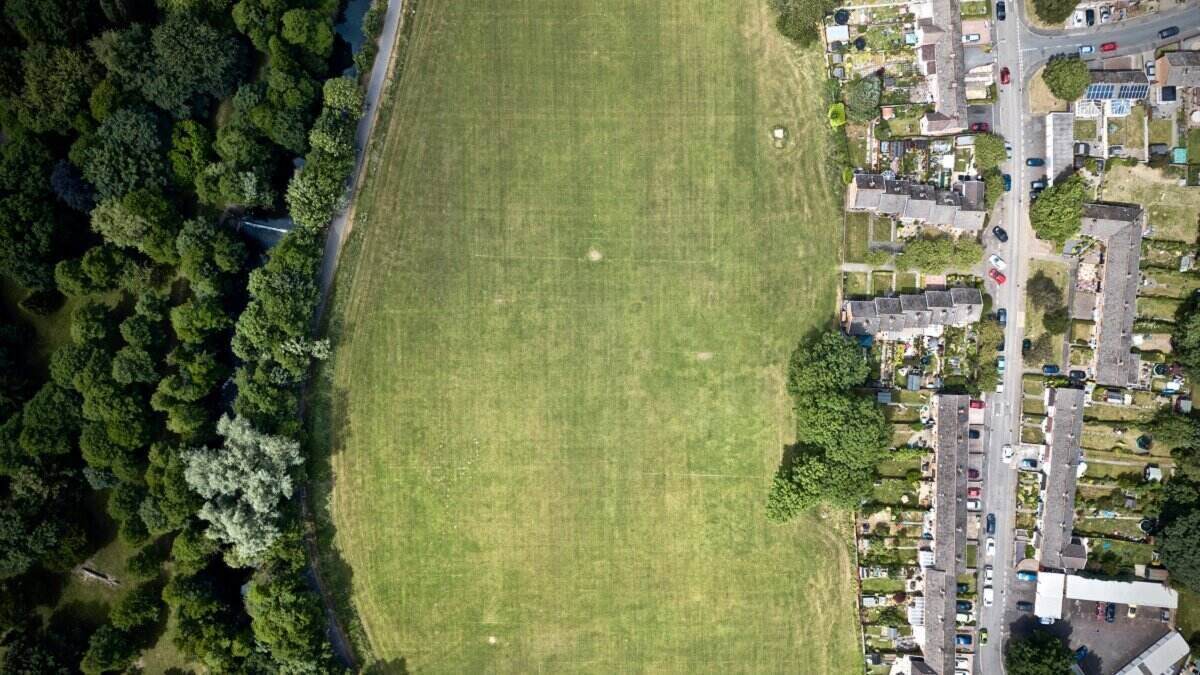Found the perfect block of land but not quite ready to build your dream home? Or maybe you're looking to secure the land now while you take your time to plan ahead.
If you opt for a house and land package, typically funded by a construction loan, you’ll need to start building soon after you settle. But what if you want to lock in your land now and hold off on breaking ground? In that case, a land loan – also known as a vacant land loan – might be the perfect solution.
What is a vacant land loan?
Land loan
A land loan is a home loan product designed for those purchasing a block of land without immediate or definite plans to build on it. Such a buyer might be planning to build on the land in the future, aiming to subdivide it, or hoping to make a capital gain by selling it later on. Often, lenders provide land buyers with a standard mortgage, even if it’s labelled a ‘land loan’. Typically, the loan is secured against the land itself.
Land loan vs construction loan: What’s the difference?
While they might sound like similar products, land loans and construction loans differ markedly.
-
Vacant land loan
Sees a lender provide funds for purchasing undeveloped land. The borrower repays the loan amount, along with interest, through regular instalments, just like a standard home loan. -
Construction loan
Sees a lender release funds in stages to cover the costs of building or major renovations on a property. The borrower only pays interest on the funds that have been drawn down at each stage of construction. Once construction is complete, the loan typically converts to principal and interest repayments.
Why buy vacant land instead of an established home?
Purchasing vacant land can offer unique advantages over buying an established home depending on your financial goals and lifestyle preferences. After all, owning land now means you can build on it in the future, subdivide it, or make a capital gain by selling it later on. Here are a few reasons why buying vacant land can be more advantageous than purchasing a standing dwelling:
1. Less stamp duty
- You’ll likely pay less stamp duty when buying a block of land than you would buying an established home. That’s because the amount of stamp duty payable is based on the land’s value alone (rather than a home’s combined land and property value).
2. Potential to save
- Buying land could allow you to secure a plot in your ideal location while still giving you time to save for building. Buying property is expensive, and splitting your purchasing into two – the land and the build – could provide more financial flexibility.
3. Location
- Purchasing land could see you buying in an area you want to live, even if homes there aren’t currently available or affordable. By securing the block first, you can establish roots in your preferred location and build your dream home when you’re ready. In the meantime, the value of that land could increase, potentially providing equity.
4. Customisation
- Buying land on which you plan to build gives you control over the design and layout of your future home, making it easier to create a property that meets your needs, preferences, and lifestyle.
Drawbacks to buying land instead of an established house
There are also downsides to buying land rather than an established dwelling. You’ll need to cover construction and infrastructure costs and the longer timeline to build means you won’t be able to move in immediately. Location can also be a limitation, as vacant land is often farther from established amenities and you mightn’t have the same range of choices you would if you were buying an existing home.
See also: Should you build or buy a house?
How large of a deposit do you need for a vacant land loan?
The size of the deposit you’ll need in order to take out a land loan will vary depending on how much you’re spending to buy the land, whether you’re willing to pay for Lenders Mortgage Insurance (LMI), and the policies of the lender you choose. Generally, you'll need a deposit of between 5% and 20% of the land's value.
That means that if you’re looking to spend $400,000 on your vacant land purchase, you’ll likely need a deposit of $20,000 to $80,000. Lenders tend to demand borrowers who have deposits of less than 20% pay for LMI, which can total thousands of dollars. While some lenders might accept prospective buyers with deposits as small as 5%, others will ask that a larger sum is handed over.
The amount you need for a deposit might also depend on the land you’re purchasing. For rural blocks, particularly large or small plots, or land with significant easements, lenders may ask for a larger deposit. This is because such properties pose a higher risk; if you default on the loan, the lender mightn’t be able to sell the land quickly or for its original purchase price.
How to compare vacant land loans
If you are all set in applying for a land loan, start your search for the best lender and loan offer that will fit your needs. A mortgage broker can help you but these are some of the things you need to look for when searching for a land loan:
Interest rate
You might find that land loans tend to have higher advertised rates than other home loans due to the risks associated with land purchases. Though, lenders often provide traditional mortgages for land purchases, which would likely see a borrower paying a ‘normal’ interest rate.
Make sure you also consider the comparison rate, which gives an estimate of the overall cost of the loan.
Fees
Be sure to ask your lender to break down the costs associated with your land loan, including any fees.
Deposit
Depending on the size of your chosen land, you can borrow as much as 95% of its value. Remember, however, that you might have to pay LMI if your deposit is less than 20% of your land’s value.
Features
As with home loans, lenders can provide you with useful features for your land loan to help you pay it faster. These features include additional payments, flexible terms, and offset and redraw facilities.
What do lenders consider when approving land loans?
Lenders will consider certain aspects of the land you’re purchasing when reviewing your land loan application:
Land size
Lenders have different policies regarding land size; some require a larger deposit for unusually large or small plots, and some may cap the size they’re willing to finance.
Zoning and land registration
Part of the lender’s assessment process includes reviewing the access and zoning regulations for the vacant land you wish to purchase. Generally, the land must be zoned for residential use to qualify for a land loan, as residential zoning reduces the lender’s risk. The land might also need to be registered, meaning it is connected to essential services like roads, electricity, and has received official registration approval from local authorities.
While some developers sell unregistered land, lenders are often hesitant to finance its purchase because it lacks infrastructure or may face regulatory delays.
Planned use and building approvals
Lenders may want to know your intended use for the land, especially if you’re not planning to build immediately. While specific building approvals may not be necessary for a land loan, demonstrating that the land has future development potential can reassure lenders.
Transitioning from a land loan to a construction loan
If you purchase a vacant plot now with a land loan and later decide to build, you’ll likely need to convert your land loan into a construction loan to finance the building process. Since construction loans typically require the building works to be completed within a set timeframe, it’s important that you only apply when you’re nearly ready to break ground. Here’s how the process of transforming your land loan into a construction loan might work:
1. Notify your lender of your plans
-
The best place to start is likely informing your lender about your plan to build. It’ll guide you on the process to either add a construction loan on top of your land loan, or convert the land loan into a construction loan.
-
Though, some lenders don’t provide construction loans, in which case you could refinance your land loan to a new lender or turn to another lender for a separate construction loan.
2. Secure building plans and approvals
-
Most lenders need detailed building plans, a fixed-price building contract, and council or regulatory approvals before dishing out any funds via a construction loan. The building contract will outline the cost and stages of the construction, which the lender uses to schedule payments.
3. Reassessment and new loan terms
-
If your lender is willing to transition your land loan to a construction loan, it will likely also reassess your financial situation. It may conduct a new valuation to determine the combined value of the land and completed property, and might count any equity you hold in the land as part or all of your deposit.
-
If approved, the construction loan will typically be paid in addition to the land loan or replace the land loan, and new terms will apply. That means you may have to reapply or refinance under new terms.
4. Set up a drawdown schedule
-
Unlike a traditional loan, a construction loan disburses funds in stages. The lender releases funds in increments aligned with each stage of construction.
-
You’ll likely only pay interest on the amount drawn down at a given time, which helps reduce interest costs during construction.
5. Transition to principal and interest repayments
-
Once construction is complete, the construction loan will transform into a standard home loan and you’ll begin making regular principal and interest or interest only repayments.
Article originally written by Gerv Tacadena in 2022. Last updated by Brooke Cooper in 2024.
Image by wirestock on freepik
Collections: Home Loan Basics Guides & Articles




Share